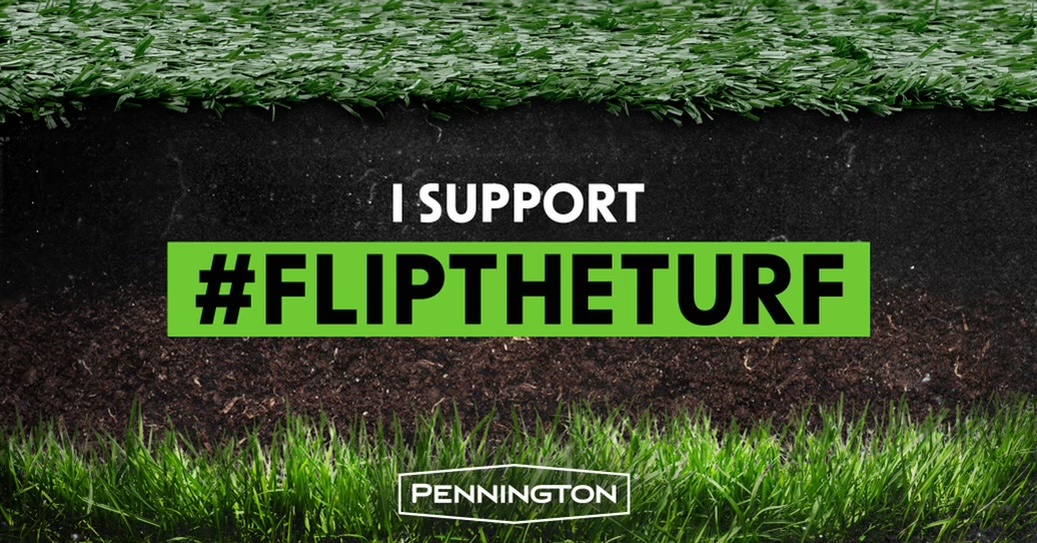Football is a game of inches, where split-second decisions and sheer physicality often define a player’s success. However, it’s also a game of risk—especially when it comes to playing surfaces. For decades, the debate over natural grass versus artificial turf has raged in both the NFL and other football leagues. While turf offers certain advantages, like durability and ease of maintenance, it also presents heightened risks that every player must face every time they step onto the field.
Every player is one play away from altering their career forever when playing on turf. Whether it’s a simple cut gone wrong or an unexpected fall, the artificial surface has been linked to increased injury risks, with some of those injuries proving catastrophic for players’ careers.
Artificial turf was introduced to sports fields in the 1960s as a low-maintenance alternative to grass. Over time, it has become common across professional and amateur leagues alike. Turf fields don’t need to be watered, mowed, or treated like natural grass, making them cost-effective for venues that host multiple events. Yet, for all its practical benefits, turf has consistently been criticized by athletes, trainers, and medical professionals for its potential to cause serious injuries.
In particular, players have voiced concerns over how turf affects their mobility and stability. While grass allows for natural slippage that can reduce the force on a player’s ligaments during abrupt movements, turf tends to grip cleats more tightly. This can lead to a greater risk of sprains, tears, and joint injuries, particularly in the knees and ankles. For instance, anterior cruciate ligament (ACL) injuries—a dreaded injury for athletes—are often cited as being more common on artificial turf.
One of the most alarming aspects of playing on turf is the increased likelihood of non-contact injuries. These are injuries that occur without any physical interaction with another player. A receiver making a sharp cut or a running back planting his foot to change direction may find themselves suddenly collapsing to the ground in pain, the victim of a non-contact injury.
For NFL players, the numbers are telling. Studies have shown that non-contact knee injuries and Achilles tendon tears are significantly more common on artificial turf than on natural grass. Players and team representatives have repeatedly called attention to these statistics, demanding safer playing conditions. Yet, despite the calls for reform, many stadiums continue to use turf as the primary playing surface.
There’s no shortage of examples when it comes to the devastating effects of playing on turf. Many NFL players have suffered severe injuries that have altered their careers, some never fully recovering to their previous form. In 2020, New York Giants wide receiver Sterling Shepard suffered a non-contact injury while playing on turf, leading to weeks of rehabilitation. Similarly, San Francisco 49ers defensive end Nick Bosa tore his ACL in the same year while playing on a turf field, leading to a long and grueling recovery process.
Injuries like these aren’t just about the physical toll—they can reshape a player’s entire career trajectory. Some athletes return from these injuries never quite the same, losing critical speed or agility that once defined their playing style. For others, a single injury can spell the end of their career altogether.
Given the injury risks associated with turf, there has been growing advocacy from players, coaches, and player unions to reduce or eliminate its use. The NFL Players Association (NFLPA) has repeatedly called for more research and a shift back to natural grass surfaces where possible. Players have taken to social media and interviews to express their concerns, with some even blaming turf for shortening the careers of their peers.
While advancements have been made to improve the quality of turf fields, many players argue that no artificial surface can truly replicate the feel and safety of natural grass. The NFL and other leagues face a complex decision—balancing the financial advantages of turf with the undeniable risk it poses to the athletes who trust the field beneath them.
Football is inherently risky, but when players take the field on turf, that risk is heightened in ways that are often out of their control. Every play on an artificial surface could be the one that changes a player’s career forever. Whether it’s a sprained ankle, a torn ligament, or an Achilles rupture, the consequences can be devastating.
As the debate over turf continues, it’s important to remember that, for the athletes playing the game, the stakes are high. Until player safety is made the top priority, every player will continue to face the reality that one wrong step on turf could alter their career forever.
